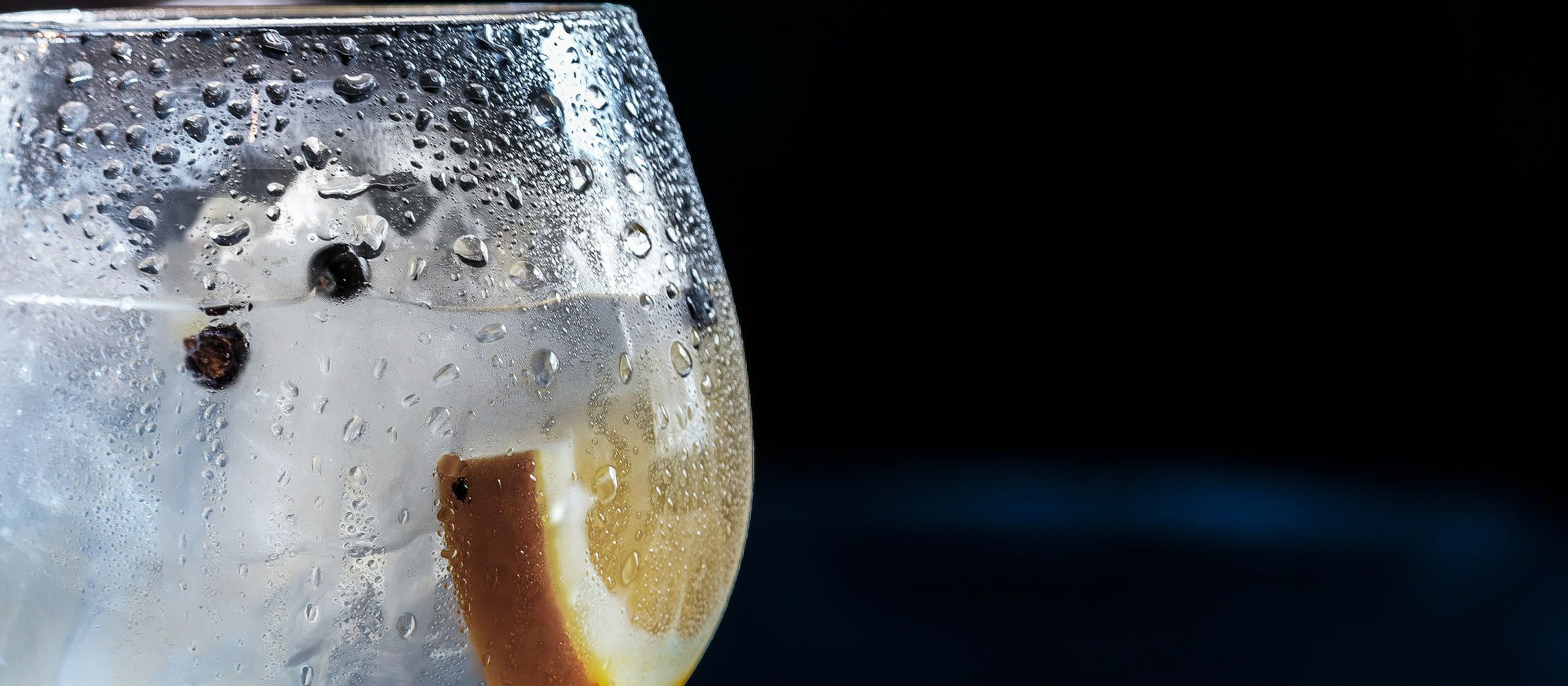Super Early Deadline
30 November 2025
Judging
Date
24 & 25 March 2026
Winners Announcement
22 April 2026
30 November 2025
24 & 25 March 2026
22 April 2026

Have we entered the second ‘gin craze’?
Well, insofar as today we’re drinking 60 million bottles of the stuff, and sales are up 38% over the last year alone, and the home market is worth some £1.6 billion a year (so more than £500 million more than it was a year ago), then possibly so.
Whilst it took nearly 200 years for the first official gin distiller’s licence since 1820 to be granted (in 2008), there are now over 350 gin distilleries, the number has more than doubled in just the last 5 years.
Of course – and thankfully – any link to the original gin craze of the late 17th and 18th Century, when gin distilling was unregulated, cost less than beer, and caused the deaths of thousands (craze, or ‘crazy’ indeed, in the sense of wild and mad), has been consigned to history.
Today, in its new and pure form, gin is very much back as a premium product and craft cocktail ingredient. With the flavour balance that comes from using interesting botanicals, and its versatility when serving, it really is an exciting spirit, both from a bartender and consumer perspective and, seemingly, very much here to stay.

The growth in gin sales matches growing consumer interest across markets in premium quality, provenance (regionality and locality – ‘terroir’ in winemaking parlance), craft, speciality, distinctiveness, individuality, innovation and choice. There’s absolutely no sign yet that gin sales aren’t going to continue to do better than other high-performing categories, especially at the premium and super-premium end. Indeed, it’s gin that’s actually driving the category.
Whilst the gin sector is an already crowded market, it’s a spirit that gives the distiller almost limitless freedom to mix art and science, chemistry and engineering, and to be creative, using any part of almost any plant (and even flavourings that aren’t directly plant-based). It’s the ability to be different, to stand out, moving away from the original juniper-led distillations (even non-juniper ‘non-gins’) and gin’s future would appear to lie in more flavoured gins, using more ambitious botanicals.
If you’re running a bar, it can pay to have some understanding of the type of consumer who is helping drive this growth, and where the consumer demand lies, and use this information to maximise the sales opportunity in your own establishment.
In spite of its earlier reputation as an older person’s drink, recent market research shows it has actually gained a trendier reputation and it’s younger adults (18 to 34 year-olds) who are drinking gin (42%, against 27% of over 45s) with premium gins being in demand and very much seen as new, innovative and different.
Getting your stocking policy right is a given in terms of business success, whatever the sector. As to gin, so-called ‘standard’ gins are growing at around 5%, but premium gins are driving the category at some 6 times that rate (32%). Clearly, your venue type will determine how you use these figures, but, it can pay to stock at least a couple of mainstream products – or, better still, three – as your volume drivers, double-banking these in terms of display, together with at least one premium alternative, ideally with a distinct character and interesting signature serve, so it’s easy to spot. This can drive your overall gin take by providing the means to stimulate interest in the category and act as an important tool to get gin drinkers to trade up – there’s good anecdotal evidence that people, having decided on a gin, are willing to experiment if they see a premium product.
The same goes for gins with distinct flavours and a ‘gin menu’ with tasting notes (and even ‘flavour wheels’ and cocktail serve suggestions) makes sense in order both to explain these different flavours and genres as well as promoting these gins. This can add to your customers’ positive experience of your bar, whilst driving sales and your business take. In terms of active promotions, gin reacts no differently to time-limited, specific promotions as any other product – think happy hour, or gin of the week (or month) to get customers to trade up and try something new.
Given the growth in the number of gin distilleries, it’s now more likely that there’ll be a distillery that, if not local, will be at least regional. This becomes a talking point and upsell opportunity.
Of course, whilst it’s the gin itself that’s the lynch-pin of any gin-based the drink, it isn’t usually consumed as neat alcohol, which is where cocktails come in – it’s worth noting that outlets that serve cocktails sell over 35% more spirits that those that don’t – not to mention the mixers and garnishes and the glasses they’re served in.
The classic is the tonic used in a ‘G&T’, but, along with premium gins, consumers are now often looking for a premium mixer which best complements their gin choice. Indeed, the mixer category itself has to be seen as being as vibrant as the gins with which they’re served, reflected in the launch of a range of new types and flavours, with many more being sold at higher prices.
What you pour the drink into is important, too. It’s believed that famous Spanish chef Ferran Adrià, of el Bulli, was the first to show that the glass itself made a difference to how gin and tonic tasted. He used large, balloon-shaped ‘copa’ glasses where the stem kept warm hands away from the bowl, so keeping the drink cool, whilst the tapered rim channelled the aromas to the nose. The size of the bowl also left sufficient room for any garnishes - lemon, lime, even cucumber, especially in the summer, and even orange for some gins.
Lastly, ice – and lots of it. Gin tastes better when ice cold and most drinks benefit from being poured over ice.
It also pays to ensure your staff are knowledgeable about the gins you’re offering, and the best mixers and garnishes that go with these – it’s about upselling to realise the enjoyment potential for your customers and upping the margin potential for your business.

The article is contributed by Alistair Morrell, Wine Inspector, wine industry consultant, journalist and, commentator. Over 30 years as a wine business professional, Alistair shares his global knowledge, network, and experience of growers, importers, distributors and buyers.
Show your spirits where it matters. Get your products tasted by top bartenders, buyers and experts at the London Competitions — enter now.